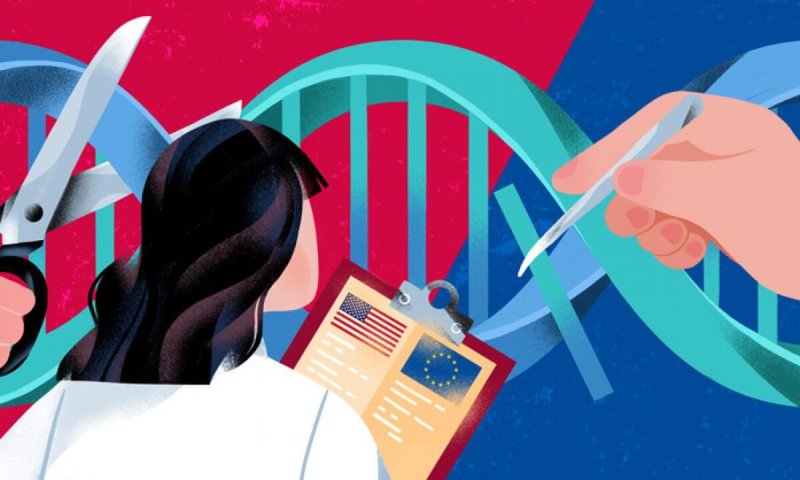Novel foods and genetically modified organisms (GMOs) are subject to a large variation in regulatory approaches around the world, with some countries being more open to the cultivation and use of GMOs and new or novel substances, whilst others take a more cautious approach and have specifically developed regulatory frameworks to control the placement of such products on their markets. In addition, there are varying definitions and classifications applied across different parts of the world to both categories.
In the EU, a “novel food” is any food or substance that has not been used for human consumption to a significant degree within the EU before 15 May 1997. Any such food requires approval before placing on the market although not all require a risk assessment. The Novel Food legislation specifically excludes foods with technological function such as food additives and genetically modified foods from its scope.
In Japan and the United States, novel foods or food ingredients are not particularly addressed in legislation. Neither country has an equivalent regulatory concept for novel foods. In contrast, Australia and Canada have a regulatory regimen that more closely reflects the position in the EU, however, with significant differences when it comes to the definitions, what falls under the novel food legislation, and the authorisation procedures. In both markets, approval is required before such food is placed on the market.
The second part of the report discusses how different non-EU countries regulate and authorise GMOs compared to the EU. Argentina, Australia, Brazil, Canada, and the United States were deemed to represent best the key differences in the regulatory approaches to GMOs.
The six markets reviewed have substantial differences in how GMOs and products derived from GMOs are regulated. One significant difference is that the EU and Australia place emphasis on the process used to derive the product while Argentina, Canada, and the US may not regulate a product as a GMO if the product is substantially equivalent to the product derived by more conventional techniques. Canada and the US do not have legislation specifically dedicated to reviewing GMOs – genetically modified products are regulated under the same legal provisions as their conventional counterparts.































